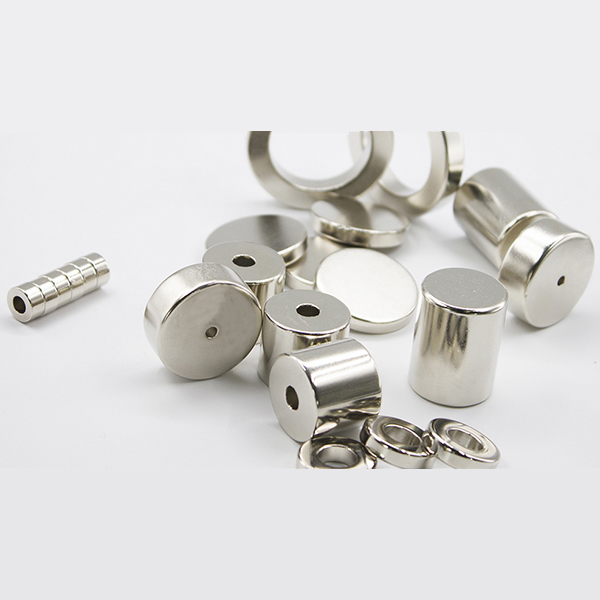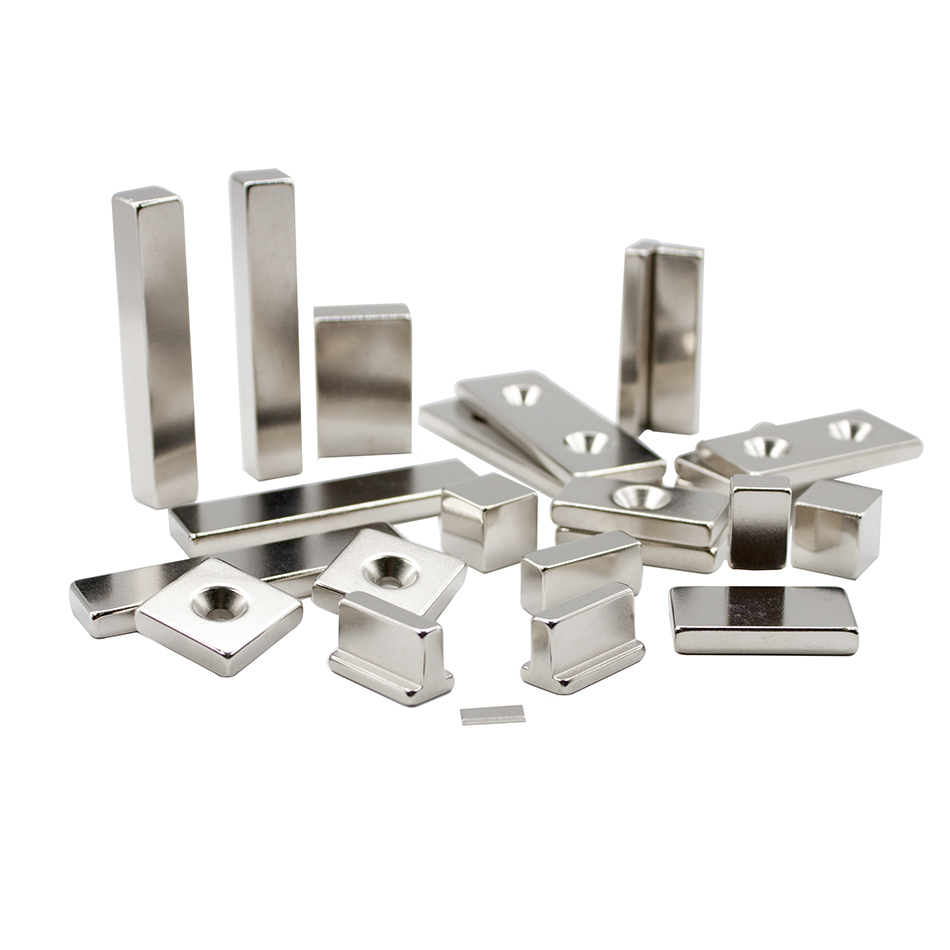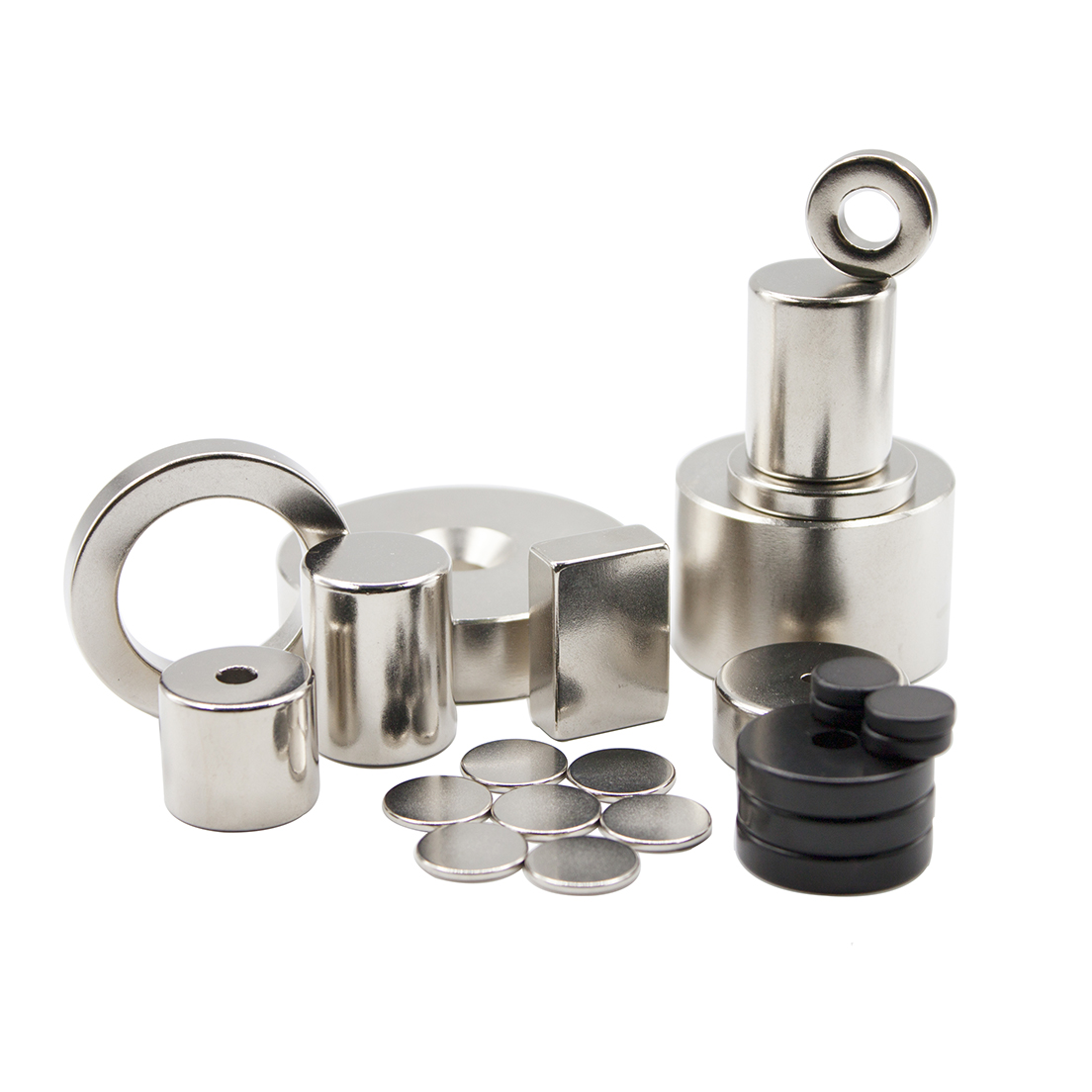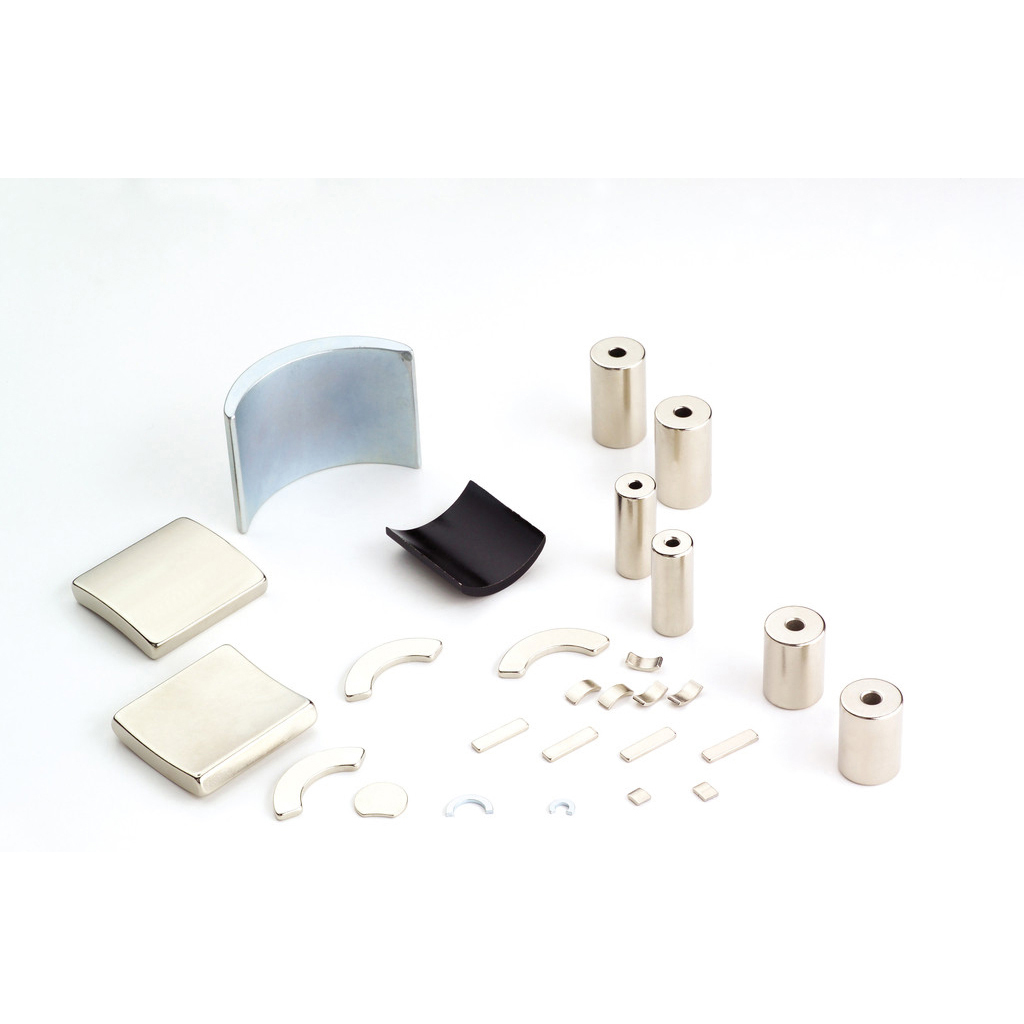Magnets are very common in our homes. You can easily find magnets around your life here and there and magnets are also very useful in our daily life. A large number of household appliances use magnets. Electromagnets are magnets that can be activated and deactivated through the application of electricity. This is useful in a number of common household items. People use them in their everyday lives, such as the magnets installed into shower curtains in order to easily stick them to the wall. A similar function is used in refrigerators.
Magnets are very common in our homes. You can easily find magnets around your life here and there and magnets are also very useful in our daily life. A large number of household appliances use magnets. Electromagnets are magnets that can be activated and deactivated through the application of electricity. This is useful in a number of common household items. People use them in their everyday lives, such as the magnets installed into shower curtains in order to easily stick them to the wall. A similar function is used in refrigerators.
-Refrigerator: Your refrigerator uses a magnetic strip in its door. All refrigerators must seal to lock out the warm air and keep cool air inside. A magnet is what allows these seals to be so effective. The magnetic strip runs the length and width of the refrigerator and freezer door.
-Dishwasher: A solenoid is an electromagnetic coil. This is a piece of metal with a wire around it. When electricity is applied to the wire, the metal becomes magnetic. Many dishwashers have a timer activated magnetic solenoid underneath them. When the time is up, according to Repair Clinic.com, the solenoid opens a drain valve that drains the dishwasher.
-Microwave: Microwaves use magnetrons consisting of magnets to generate electromagnetic waves, which heat the food.

-Spice Rack: A magnetic spice rack with neo magnets is easy to make and use for clearing valuable counter space.
-Knife Rack: A magnetic knife rack is easy to make and great for organizing kitchen utensils.
- Duvet Covers: Magnets are used in some duvet covers to hold them closed.
- For Hanging: Magnetic hooks can be used to hand wall art and posters. They can also be used to organize closets by hanging scarves, jewelry, belts, and more.
- Handbags and Jewelry: Handbags often incorporate magnets into the clasps. Magnetic clasps are also used to make jewelry.
- Televisions: All televisions have cathode ray tubes, or CRTs, and these have magnets inside. In fact, televisions specifically use electromagnets that direct the flow of energy to the corners, sides, and half of your television screen.

- Doorbell: You can tell how many magnets a doorbell contains simply by listening to the number of tones it produces. According to the Knox News website, doorbells also contain solenoids like dishwashers. The solenoid in a doorbell causes a spring-loaded piston to strike a bell. It happens twice, because as you release the button the magnet passes beneath the piston again causing it to strike. This is where the “ding dong” sound comes from. Doorbells that have more than one tone have more than one chime, piston and magnet.
-Cabinets: Many cabinet doors are secured with magnetic latches so they don’t pop open unintentionally.
-Computers: Computers use magnets in a variety of ways. First, CRT computer screens are produced like television screens. The electromagnets bend the stream of electrons making it visible on a large screen. According to How Magnets Work, computer disks are coated with metal that stores and transmits electromagnetic signals in patterns. This is how the information is stored on a computer disk. LCD and plasma screens for both televisions and computers have static liquid crystals or gas chambers and do not operate the same way. These new technologies are not affected by magnets in household objects the way that a CRT screen would be.

-Organizing Office Supplies: Neodymium magnets are useful for organization. Metal office supplies like paperclips and thumbtacks will stick to the magnet so they won’t get misplaced.
- Extendable Tables: Extendable tables with additional pieces can use magnets to hold the table in place.
- Tablecloths: When having an outdoor party, use magnets to hold the tablecloth in place. The magnets will keep it from blowing away in the wind along with everything sitting on the table. Magnets also won’t damage the table with holes or tape residue.
Now, when you use one of these items that use magnets, you won’t do it the same way anymore, and you’ll probably be a little more attentive to identify the magnet on them. At Honsen Magnetics we have a wide variety of magnets and we can help you choose the one that best suits your needs. If you have any questions, ask us.





